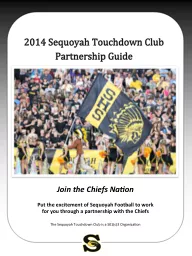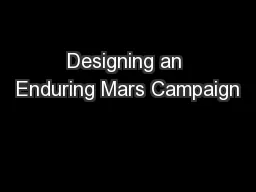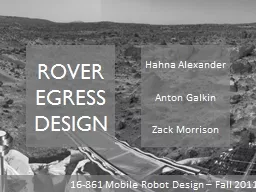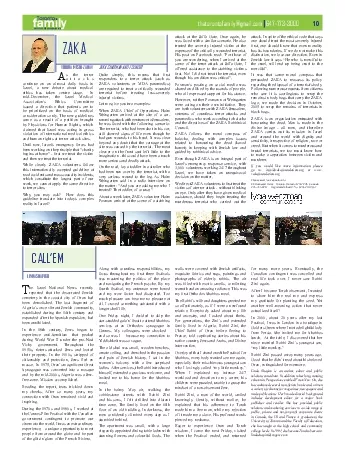PPT-Touchdown Lander 7 Minutes of Terror
Author : alida-meadow | Published Date : 2018-10-20
Video Clip Overview In this challenge you will use what you know and can investigate about gravity motion and forces to design and build a shockabsorbing system
Presentation Embed Code
Download Presentation
Download Presentation The PPT/PDF document "Touchdown Lander 7 Minutes of Terror" is the property of its rightful owner. Permission is granted to download and print the materials on this website for personal, non-commercial use only, and to display it on your personal computer provided you do not modify the materials and that you retain all copyright notices contained in the materials. By downloading content from our website, you accept the terms of this agreement.
Touchdown Lander 7 Minutes of Terror: Transcript
Download Rules Of Document
"Touchdown Lander 7 Minutes of Terror"The content belongs to its owner. You may download and print it for personal use, without modification, and keep all copyright notices. By downloading, you agree to these terms.
Related Documents














